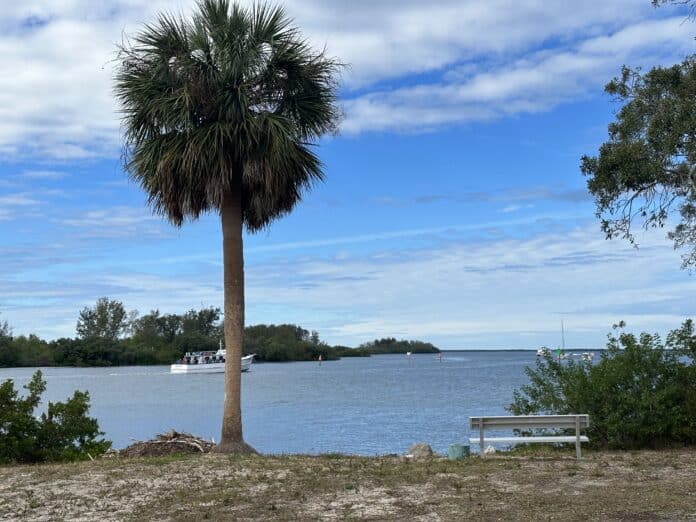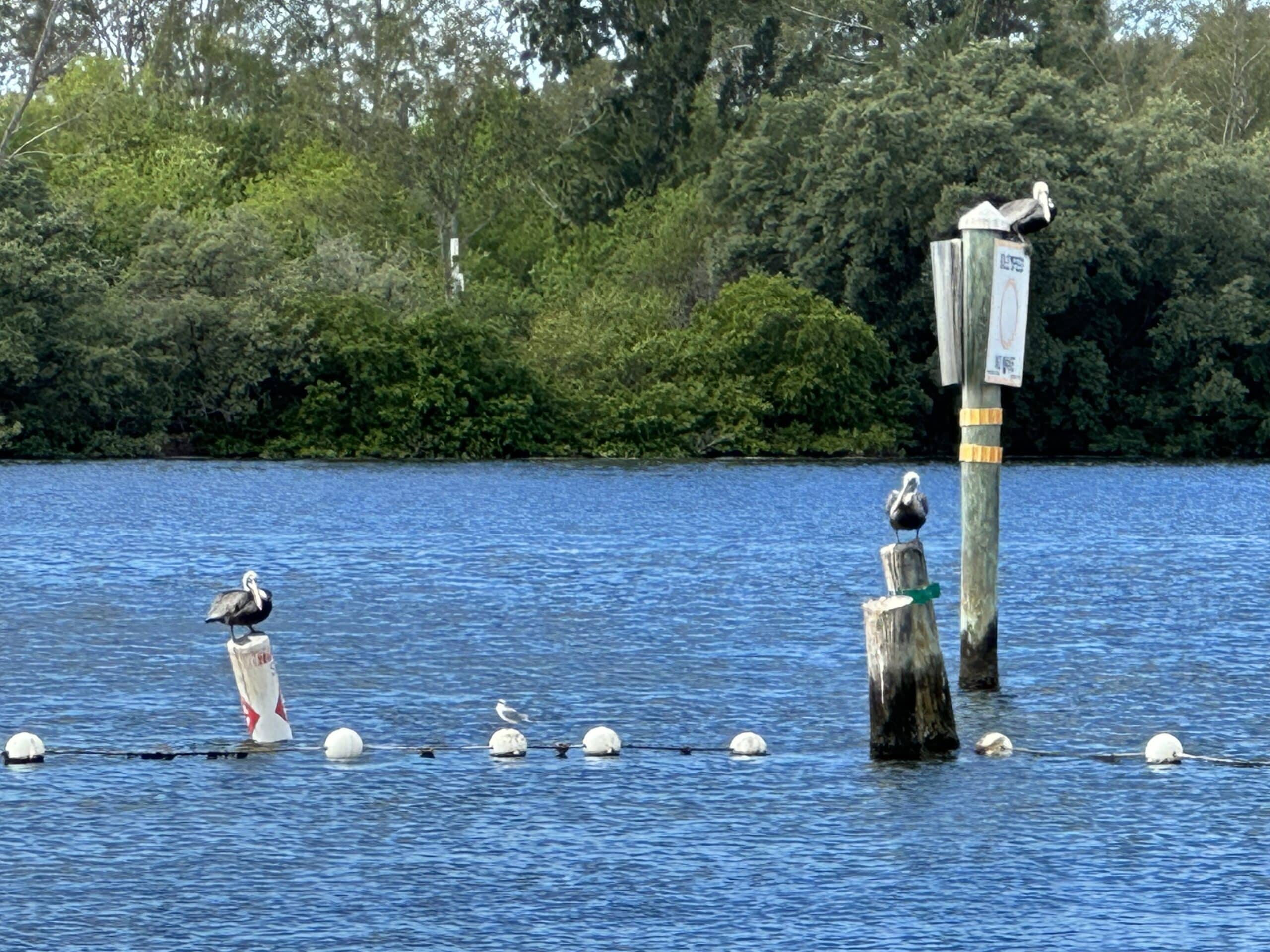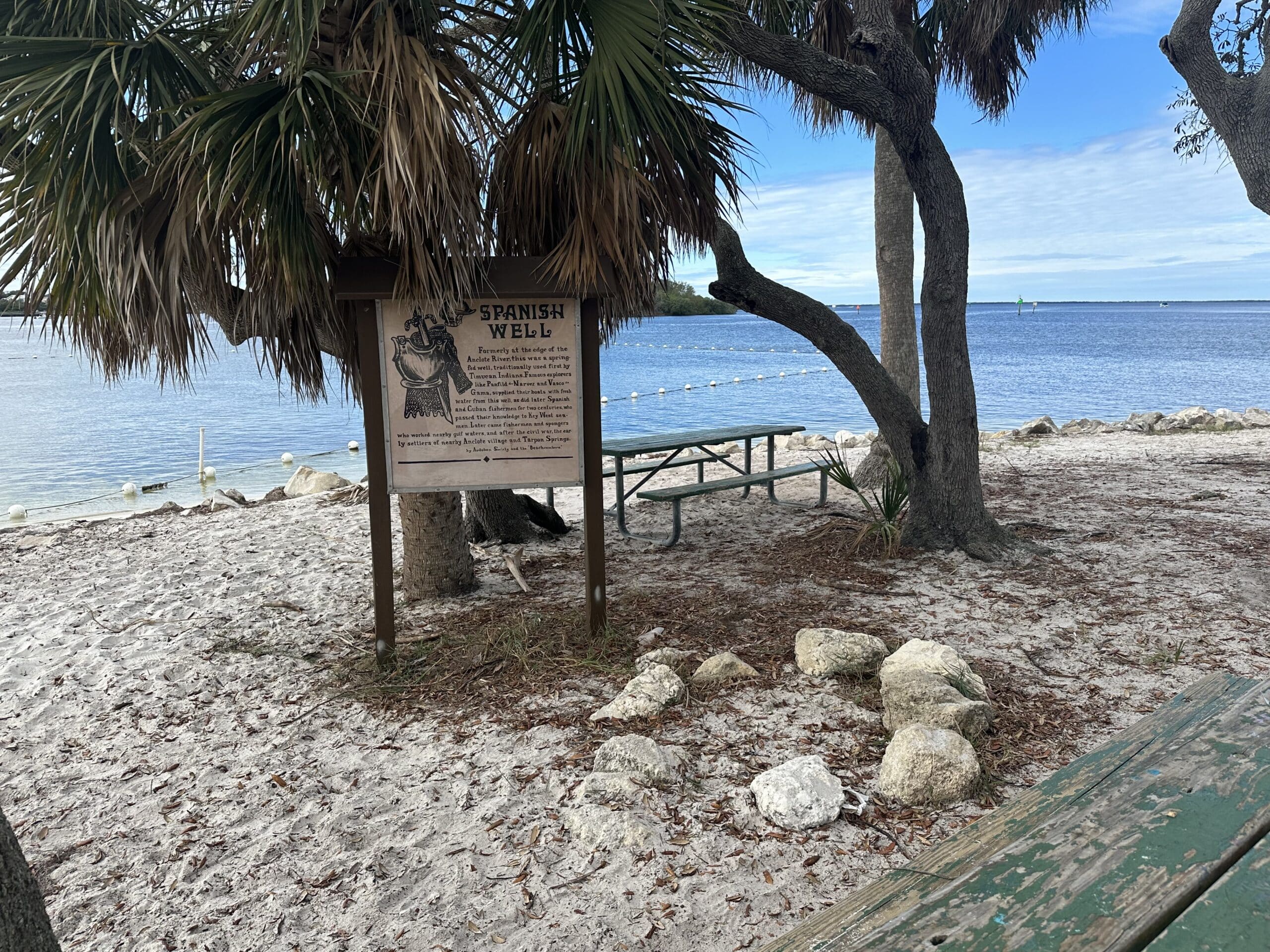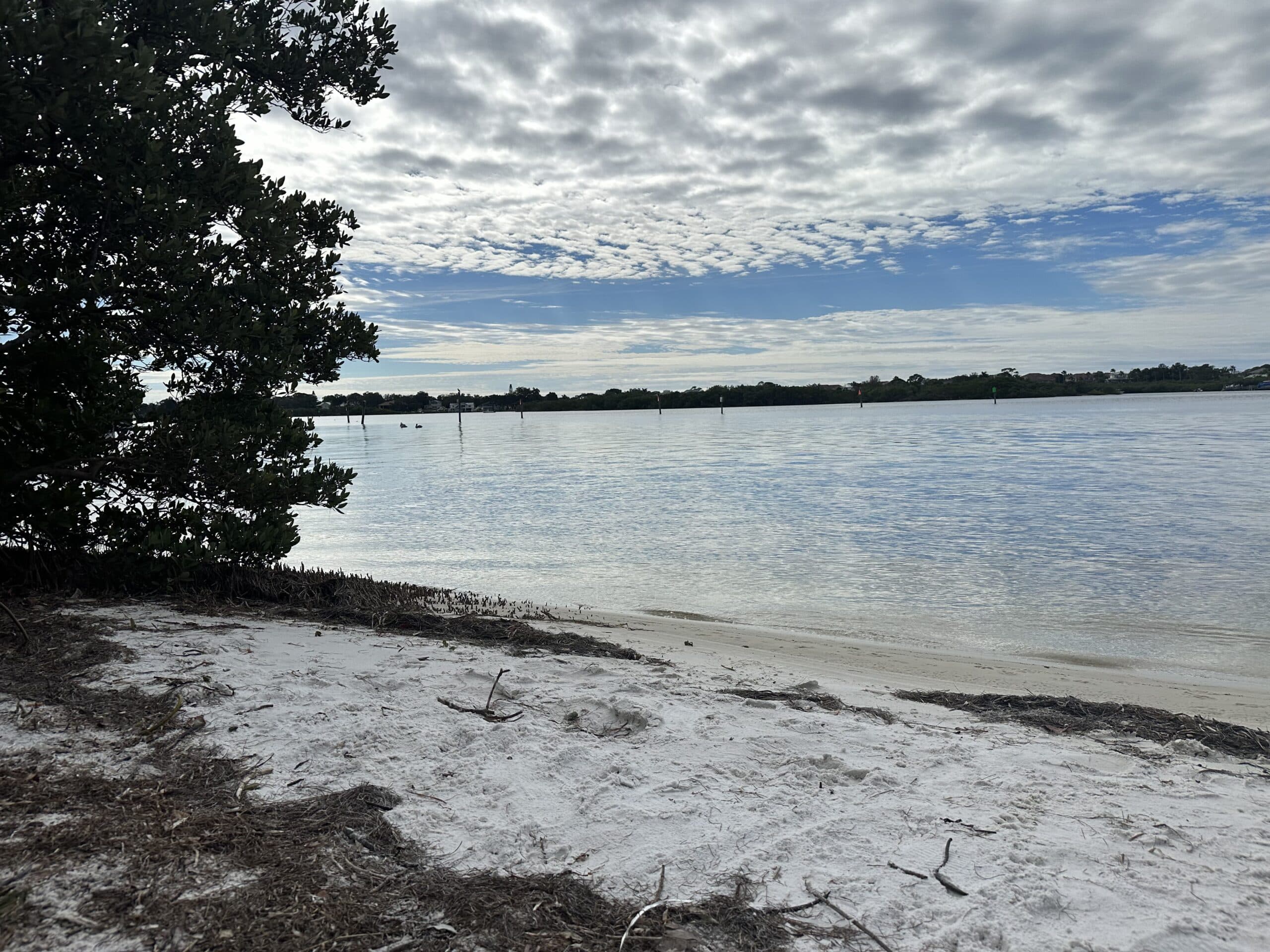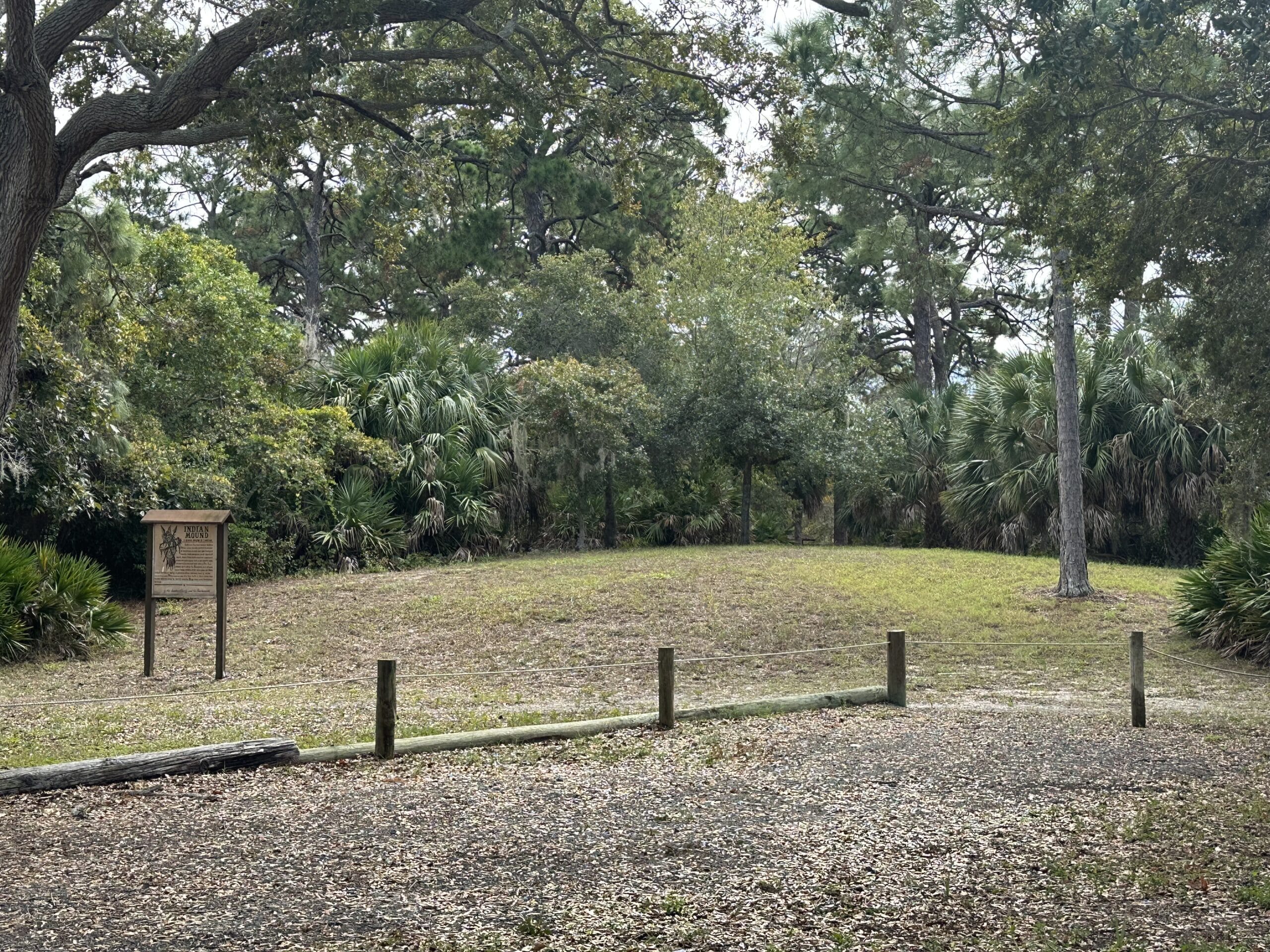Anclote Key Preserve State Park is a beautiful park with a fascinating history located in Pasco County at the mouth of the Anclote River. The park is a favorite destination for many locals and those in surrounding counties who love its beach, fishing pier, excellent boat ramp, picnic pavilions for outdoor gatherings and more. The park offers many great options for viewing various wildlife, making it extra popular among paddlers, along with its convenient canoe and kayak launch access.
A variety of wildlife can be seen inside the park, including many native and migratory birds, as well as dolphins, manatees and many kinds of nearshore fish around the beach and in the Anclote River.
Popular amongst many, avid boaters are no exception. The park is a popular place for boaters to access the Anclote Sandbar, Anclote Key and the nearby islands in Anclote Key Preserve State Park, which is only accessible by boat.
The park has highly informative markers for what wildlife and habitats you’ll see there and how to protect them adequately. These are habitats worth saving, and that’s abundantly clear.
Some of these habitats are the seagrass beds, which are home to various marine life. Many fish find food and shelter among the blades of seagrass. Some common near-shore fish that can be seen are Common Snook, Red Drum, Spotted Seatrout, Florida Pompano, Crevalle Jack, Gray Mangrove Snapper, Pinfish and Southern Stingray, among many others.
Mangroves line the beach and offer a variety of benefits. They offer stabilization for our shorelines and prevent erosion with their root systems. During storms, they protect uplands from winds, waves and flooding. While protecting our shorelines, they also offer protection for so many fish and marine life.
This area has a fascinating history as well!
There are artifacts and historical markers, including an ancient Timucuan Indian burial mound and a historical freshwater well used by the Timucuan Indians. renowned explorers Vasco Da Gama and Alonso Alvarez de Pineda supplied their boats with fresh water from this well, as did later Spanish and Cuban fishermen for two centuries, who passed their knowledge to the Key West fishermen. Later came fishermen and spongers who worked in the nearby gulf waters, and after the civil war, the early settlers of nearby Anclote village and Tarpon Springs. The actual well structure is no longer there, but there is a marker where it once was.
This mound is one of only a few that remain; countless archeological sites like this were demolished and used for road construction material.
The Timucuan Indians once thrived along the shores of what is present-day Pasco County; their tribes extended across southern Georgia, northern Florida and central Florida. Distinguished by their unique traits—imposing height and bodies adorned with intricate tattoos—the tribes engaged in seasonal migrations. During the summers, they resided along the coast, taking advantage of abundant fish and shellfish and even hunting manatees. Winters prompted their move inland, seeking warmer conditions and pursuing deer, alligators, bears, and other game.
Constructing monumental mounds from earth and shells, the Timucuan Indians used these structures for religious purposes, such as honoring and burying their ancestors. Their homes featured wooden frames with roofs and sides crafted from palm tree branches. Traditional Timucuan attire incorporated Spanish moss and animal hides.
In 2006, during an archaeological excavation in St. Augustine, a Timucuan site was unearthed, dating back to the period between 1100 and 1300 AD. This predates the European establishment of the city by over two centuries. The findings included pottery, some originating from the Macon, Georgia area, suggesting a widespread trade network. Notably, two human skeletons were discovered, making this site the oldest archaeological find in the city.
In the 1500s, the Spanish explorers Vasco Da Gama and Alonso Alvarez de Pineda, accompanied by their conquistadors, initiated the exploration of the Anclote area. To navigate the shallow and meandering channels, they employed a kedge anchoring system, utilizing two anchors—one at the front and one at the back. The forward anchor was pulled to generate momentum for reaching their desired destination.
In Spanish, these anchors are referred to as “Anclote,” giving rise to the names Anclote River, Anclote Key, and the Anclote community.
The address for Anclote River Park is 1119 Baillies Bluff Rd., Holiday, FL 34691
Anclote River Park is open seven days a week, from sunrise to sunset.
The Anclote River Park has free admission.

